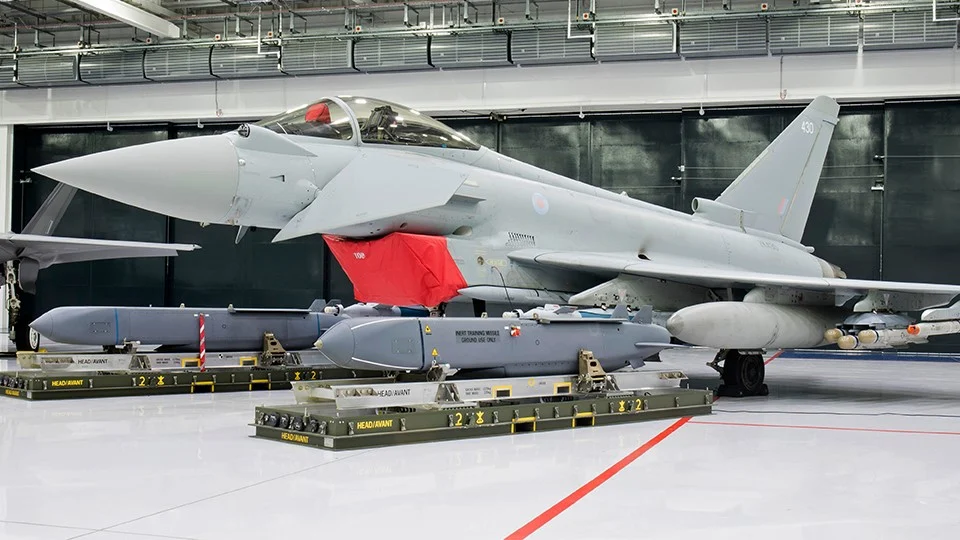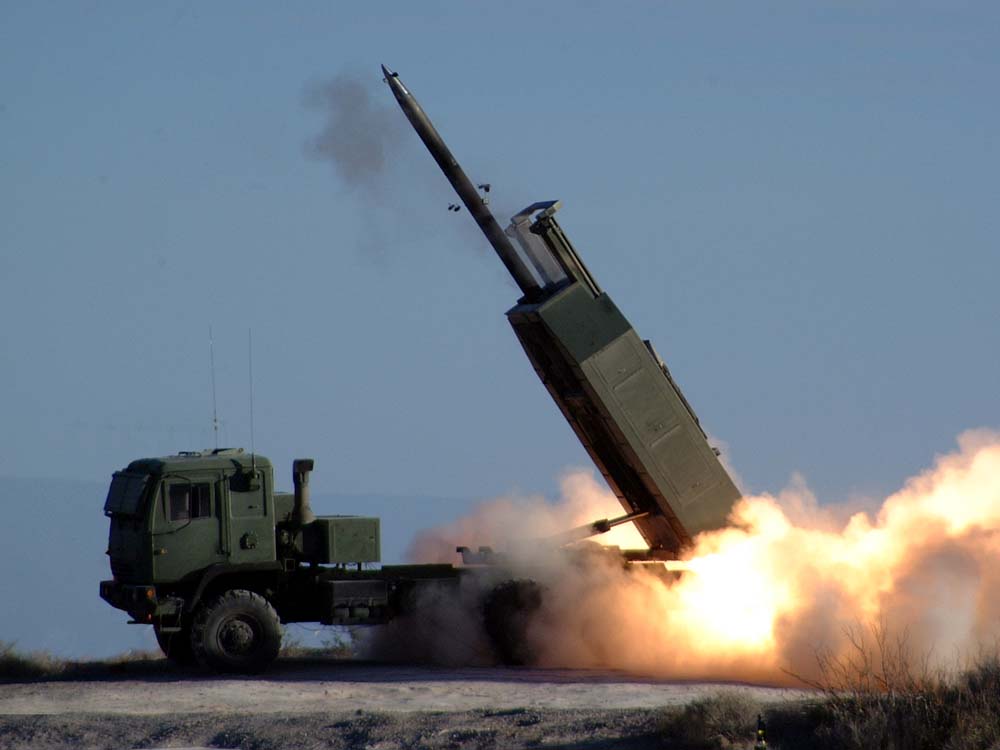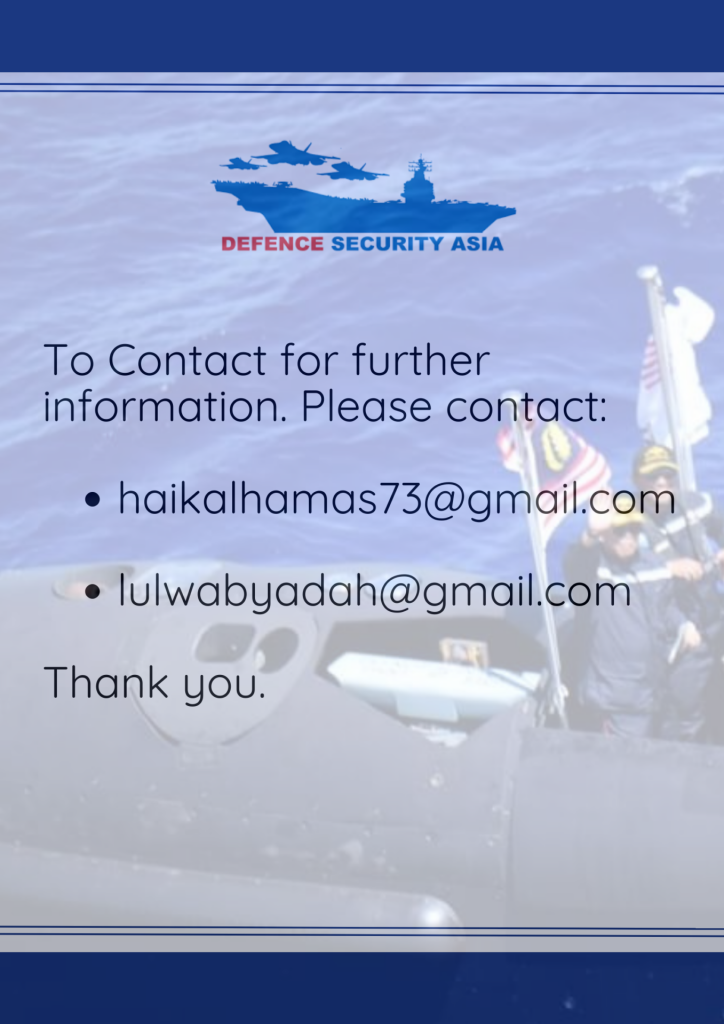U.S. Halts Military Aid to Ukraine, Leaving Storm Shadow and HIMARS “Dead on the Battlefield”
In a seismic shift that has sent shockwaves through Ukraine’s war effort, newly elected U.S. President Donald Trump has cut off intelligence-sharing and frozen all military aid, leaving some of Europe and Washington’s most advanced weapon systems crippled and powerless—reduced to nothing more than "useless scrap metal" on the battlefield.
(DEFENCE SECURITY ASIA) – For the past three years, Ukraine’s survival on the battlefield has hinged on cutting-edge weaponry provided by Western and European allies, with the United States standing at the forefront of this crucial support.
These advanced arms have been the backbone of Ukraine’s resistance, holding back the relentless Russian offensive.
But in a stunning reversal, the newly elected U.S. administration under President Donald Trump has pulled the plug on intelligence-sharing and military aid, leaving Ukraine’s war effort in jeopardy.
This abrupt decision has crippled some of the most sophisticated weapon systems supplied by Europe and Washington, effectively rendering them useless on the battlefield.
Among the most devastating casualties of this policy shift is the Storm Shadow cruise missile, a game-changing weapon that has haunted Russian forces for months.
According to Russian military analyst Andrey Marochko, who recently spoke to state-run TASS news agency, the absence of U.S. intelligence and targeting data has effectively stripped Storm Shadow of its deadly precision, leaving it powerless in Ukraine’s arsenal.

“Without the guidance systems and intelligence provided by the United States, the Storm Shadow missile is nothing more than a ‘useless piece of metal,’” he stated, referring to the air-launched cruise missile that has long posed a significant threat to Russian forces due to its precision in striking high-value targets.
The effectiveness of Western-supplied weaponry hinges on a critical lifeline—the intelligence-sharing, guidance, and navigation systems provided by NATO and the United States.
Without them, even the most advanced military technology loses its deadly precision, turning high-tech weaponry into little more than expensive scrap metal.
As the backbone of NATO, the United States’ role is irreplaceable.
Any disruption to its intelligence-sharing doesn’t just weaken Ukraine—it shakes the very foundation of Kyiv’s war effort, undermining the strategic edge that Western-supplied weapons have provided in the fight against Russian forces.
In a move that shattered the bipartisan consensus that had defined U.S. support for Ukraine since Russia’s brutal invasion in February 2022, President Donald Trump made a stunning decision—to freeze all military aid to Kyiv.
The shift was not just political; it was a seismic blow to Ukraine’s battlefield capabilities.
Just days after a tense exchange with Ukrainian President Volodymyr Zelensky, Trump delivered a decisive order: halt all U.S. military assistance immediately.

The directive cut off weapons already in transit through Poland, severed crucial intelligence-sharing channels, and left Ukraine’s forces blind in an increasingly dire battle.
One of the biggest casualties of this decision is the Storm Shadow/SCALP EG cruise missile, a lethal precision-strike weapon developed by Britain and France.
This missile has been a game-changer for Ukraine, relentlessly targeting Russian military strongholds in occupied Crimea.
But its impact goes beyond mere effectiveness—it has been a nightmare for the Russian military. Ukrainian forces have used it with devastating precision, obliterating Russian warships and even sinking a submarine at a naval base in Crimea.
The Storm Shadow is not just a missile—it is a weapon that has rewritten the rules of engagement in Ukraine’s war for survival.
This British-French cruise missile has been a persistent thorn in Russia’s side, particularly in the Crimean peninsula.
Designed as an air-launched cruise missile (ALCM) through a collaboration between the United Kingdom, France, and Italy, the Storm Shadow is also known as SCALP EG (Système de Croisière Autonome à Longue Portée – Emploi Général).
It was developed by the European defense firm MBDA.

The Storm Shadow missile is a weapon of devastation, built for deep-penetration, long-range strikes with an astonishing range of 560 km (300 nautical miles).
It is designed to punch through enemy defenses with surgical precision, striking at the very heart of strategic targets while keeping its launching aircraft safely beyond the reach of hostile air defenses.
This formidable missile is no ordinary projectile—it carries a deadly payload, weighing 1.3 tons and stretching 5.10 meters in length.
Engineered for high-precision annihilation, it is equipped with an INS (Inertial Navigation System), GPS (Global Positioning System), and Terrain Reference Navigation, ensuring unrivaled accuracy in obliterating high-value enemy assets.
At its core lies a warhead designed for maximum destruction, delivering devastating firepower capable of neutralizing fortified targets with brutal efficiency.
Propelled by a Turbomeca Microturbo TRI 60-30 turbojet engine, the Storm Shadow surges through the skies with relentless speed and pinpoint accuracy, ensuring that once it is fired, there is no escape for its intended target.
But the Storm Shadow may not be the only Western weapon facing a grim fate. Military analysts sound the alarm that another battlefield game-changer—the HIMARS (High Mobility Artillery Rocket System)—could be next in line to lose its lethal edge.
Developed by Lockheed Martin for the U.S. Army, HIMARS has been a nightmare for Russian forces, delivering highly mobile, precision-guided strikes that have crippled enemy operations.

But like Storm Shadow, HIMARS is only as effective as the intelligence that guides it, and with the U.S. cutting off military support, its devastating accuracy could be significantly compromised.
Since its first deployment to Ukraine in mid-2022, HIMARS has rained destruction on Russian command centers, ammunition depots, and logistical supply routes.
Its long-range, precision-guided firepower has pushed back Russian advances, shattered supply lines, and brought the fight directly to enemy strongholds.
HIMARS strikes on bridges and critical infrastructure in occupied territories have choked Russian troop movements, forcing them into a tactical retreat.
Without the vital intelligence provided by the United States, both Storm Shadow and HIMARS risk being reduced to mere shadows of their former might, depriving Ukraine of two of its most potent battlefield weapons at a time when it needs them most.
Key Features of HIMARS:
-
High Mobility
-
Mounted on a six-wheeled FMTV truck (Family of Medium Tactical Vehicles), allowing it to rapidly redeploy across various battlefields.
-
-
Advanced Weaponry
-
Can fire six GMLRS (Guided Multiple Launch Rocket System) rockets simultaneously, with a range of 70-90 km.
-
Can launch ATACMS (Army Tactical Missile System) missiles, which have a range of up to 300 km.
-
The latest version is capable of deploying PrSM (Precision Strike Missiles), which could exceed 500 km in range.
-
-
Accuracy & Effectiveness
-
Uses GPS and advanced guidance systems to precisely target strategic enemy sites, such as command centers, ammunition depots, and logistical hubs.
-
Operates in all weather conditions and allows for hit-and-run attacks before relocating to avoid counterstrikes.
-

HIMARS is also air-transportable and can be quickly deployed via C-130 Hercules aircraft, making it a highly flexible battlefield asset.
It requires only 5 minutes to prepare for launch, further enhancing its operational agility.
With the suspension of U.S. military support, Ukraine’s reliance on Western weaponry such as Storm Shadow and HIMARS is now at risk.
The loss of critical intelligence-sharing and targeting data could severely impact their effectiveness, altering the course of the war.
As Ukraine continues to defend its sovereignty, the implications of Washington’s decision will undoubtedly shape the future of the conflict, with far-reaching consequences for both Kyiv and NATO’s strategic interests.
— DEFENCE SECURITY ASIA


